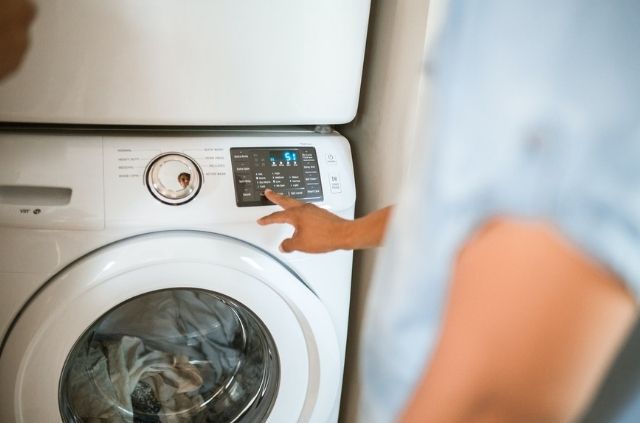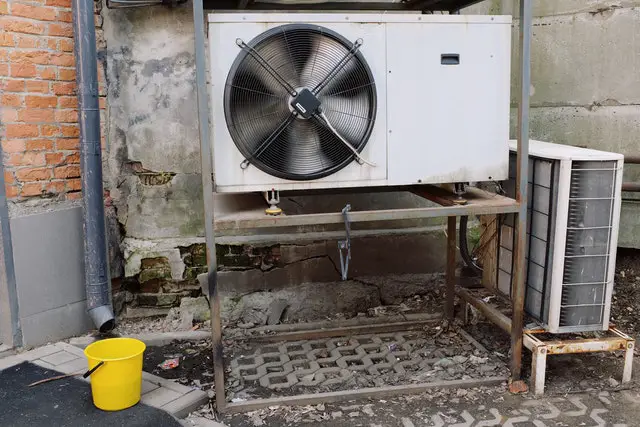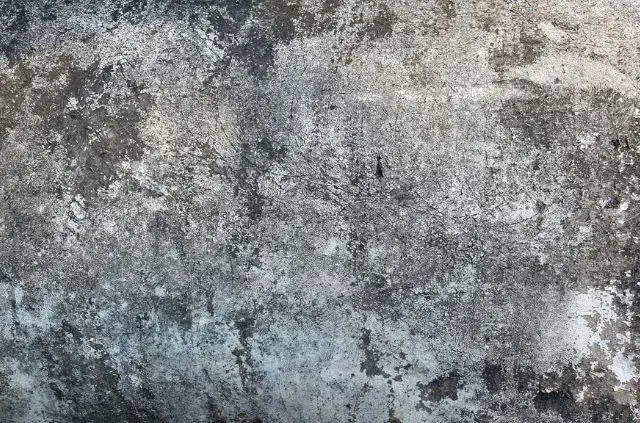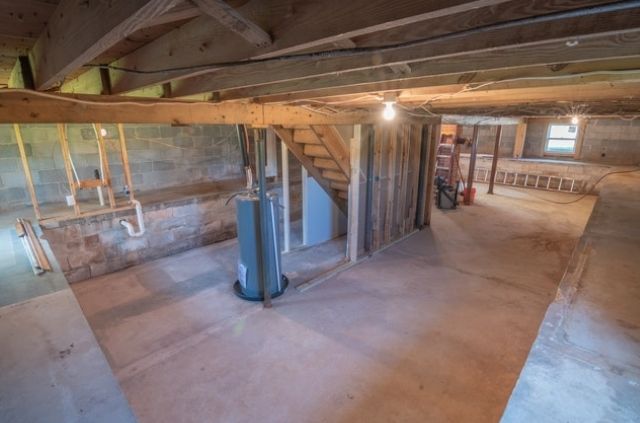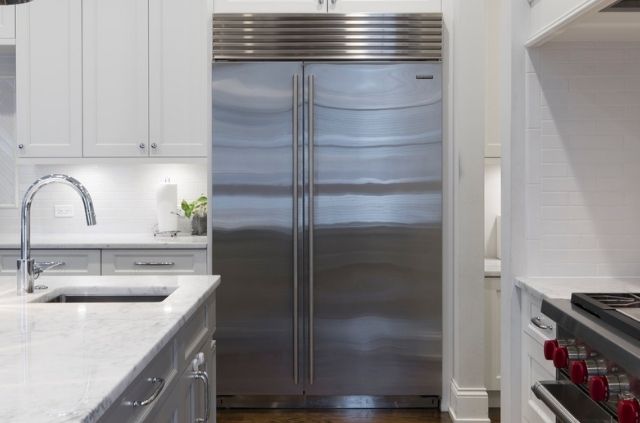3 Attic Mold Remediation Methods
No homeowner wants to discover mold growing inside their house. Living in close proximity to mold can bring health risks and it will spread rapidly if left ignored. In this article we will cover all of the attic mold remediation methods, so you can remove this type of fungus from your house.
Is Mold Common in Homes?
It’s very common to find this type of organic growth around your home. Some potential home buyers stay away from older structures, as they think mold can grow over time. The truth is that mold can even grow in newer houses. So, how does mold start growing around the home?
- Moisture
- Damp areas
- Lack of sunlight
Mold found around the home is most common in areas with leaks. Roofs, windows, and broken pipes can fail and bring in even a small amount of water. Combine these factors with dark areas such as a basement or attic, and you have the perfect conditions for mold to start growing.
Attic Mold Remediation Methods
Mold found in the attic is most commonly caused by a rapid change in weather conditions. Warm air keeps your home comfortable in the winter time, but that warm are is filled with moisture. This air travels up through the house, until it makes its way into your attic. Mold begins to form when this warm moist air comes in contact with the underside of a cold roof.
1. Dry Ice
One of the most effective attic mold remediation methods is to use dry ice. This process blasts dry ice pellets from a gun, directly onto surfaces covered with mold. The dry ice comes out of the gun at such a high speed it explodes on contact with the surface. This energy will blow mold right off a wood ceiling found in your attic.
This process should be carried out by a professional for safety reasons. The dry ice is around -110° Fahrenheit, which requires personal protective equipment when handling the pellets. You will also need a dry ice blaster, a negative air pressure machine and other equipment that only mold removal specialists will have.
2. Vinegar
Using undiluted vinegar can be a quick way to remove mold from the attic. The mild acid in vinegar can kill a majority of the of mold and it will prevent it from spreading in the future. Vinegar has even proven to be more successful at killing mold than bleach. In most cases mold spores may still be leftover when using bleach on mold.
Mold growing in the attic can be found on wood looking at the underside of the roof. It helps to pour the undiluted vinegar into a spray bottle, as this will make the application process easier. Coat the entire surface and let the vinegar sit for 5-10 minutes. Then scrub down the wood with a brush, so you can agitate and remove the mold spores.
3. Sanding
Mold can be visible on a surface, but sometimes you will find it hidden deep within the wood. If this is the case, sanding can help remove all of the mold spores. This process uses abrasive sandpaper to remove a thin layer from the of wood (and mold) from the surface. The result is a fresh layer of wood on the underside of your attic roof with no visible mold.
It’s important to note that this mold remediation method is very messy. You will need to wear a respirator and other safety equipment, in order to avoid breathing in mold spores. Sanding will also require a negative air pressure machine, so that you can filter all of the contaminants out from the attic during the process.
How to Remove Mold from Attic Plywood
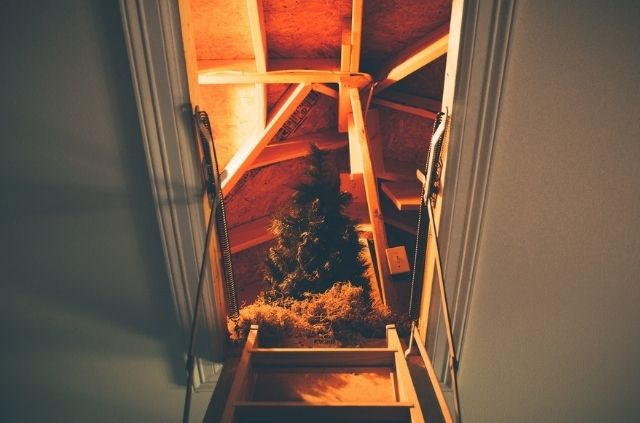
1. Wear Safety Equipment
Before going through the process of removing mold it’s important to wear all of the required safety equipment. As we touched on in the sections above, mold can be very dangerous to breathe in.
That’s where a respirator, safety googles, and rubber gloves can help. But you also want to prevent mold spores from landing on your skin, which is why you will need to wear long clothing.
2. Use Vinegar
Try first removing the mold with vinegar, before moving on to a more aggressive remediation method. Light amounts of mold can be cleaned with undiluted vinegar and a stiff bristle brush.
Spray down the affected are with your cleaning solution and allow it to dwell for 5-10 minutes. Once enough time has passed you can agitate the surface with a brush and wipe the mold away.
3. Sand the Plywood
If there is still a noticeable amount of mold after using vinegar, you will need to use a sander. Wood is a porous material, which means it will soak up moisture and create mold to form.
A sander will remove mold deep within the grain, by removing a thin layer from the wood. You can either use sandpaper by hand, or a machine sanding tool to remove this stubborn mold.
4. Remove Mold from the Air
A negative air pressure machine is required when choosing to remove mold with a sander. As you sand away the mold from the surface of the wood, mold spores will travel through the air.
It’s critical to remove these airborne contaminants, because they can be harmful to breathe in. But a negative air machine will also help prevent mold spores from landing on other surfaces and spreading in the future.
5. Clean the Area
Finally, the area will need to be cleaned when all of the mold has been successfully removed from the plywood. Any mold spores that were not sucked out of the attic will need to be removed with a vacuum.
It also helps to clean any equipment you used during the process. Clean any tools that were used and throw away all sanding pads. Also throw away any disposable safety equipment used to prevent mold from spreading.
Mold on Insulation in Attic
If you find mold on insulation in the attic there’s probably a leak in the roof. This most commonly occurs from ice dams during the winter time. Ice dams form near gutters and other edges of the roof.
Snow melting during the day can quickly freeze overnight and prevent water from properly draining from the roof. As a result, water will only have the option of going down and inside your home.
Water that backs up behind ice dams will leak through the shingles and can damage ceilings, walls, and insulation. Insulation will naturally soak up this moisture, which can lead to mold growth from temperatures changing from cold to warm.
There’s no effective way to remove mold that’s found on the insulation in your attic. The only thing to do is replace the insulation and fix the issue causing the ice dams.
Conclusion
There are a handful of different attic mold remediation methods that can help clean up your area. Even though mold can be found in many different places throughout the house, it can be relativity easy to remove.
The most important thing is fixing the problem that caused mold to grow in the first place. That means locating areas that allow moisture inside your house. When the problem has been dealt with, mold will not return.
Further Reading
Search Terms
- Attic mold remediation methods
- How to remove mold from attic plywood


